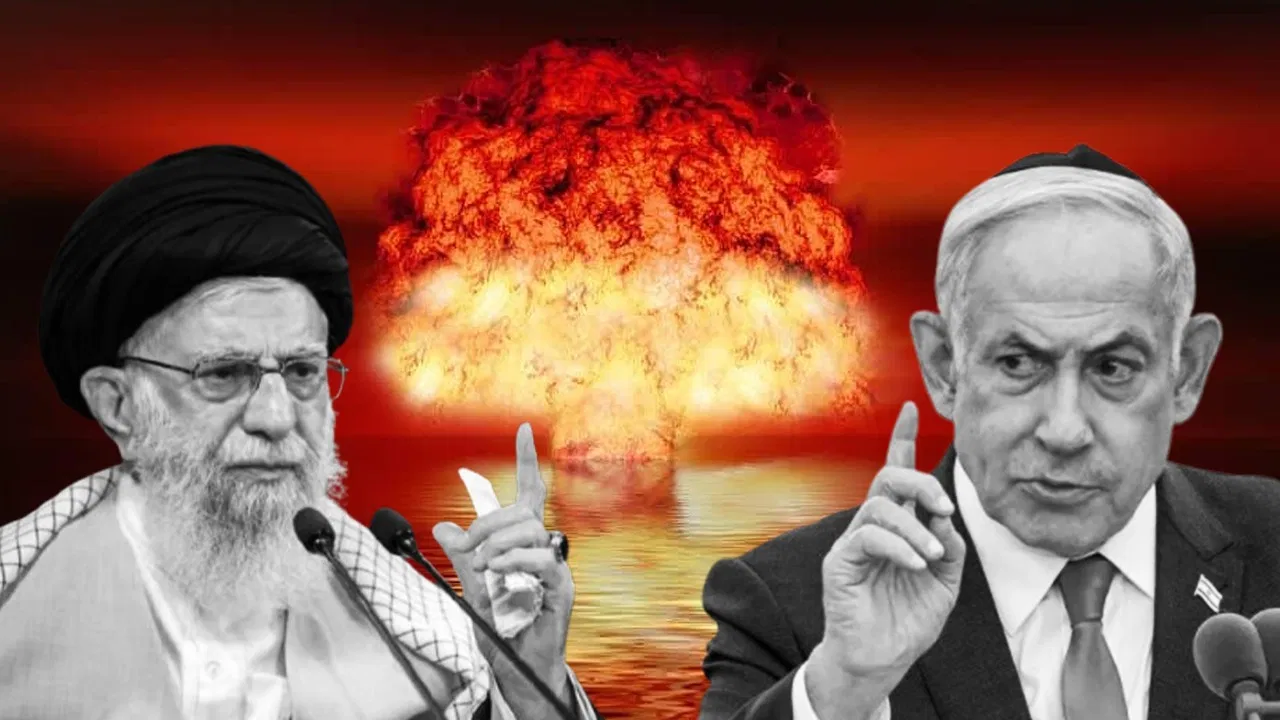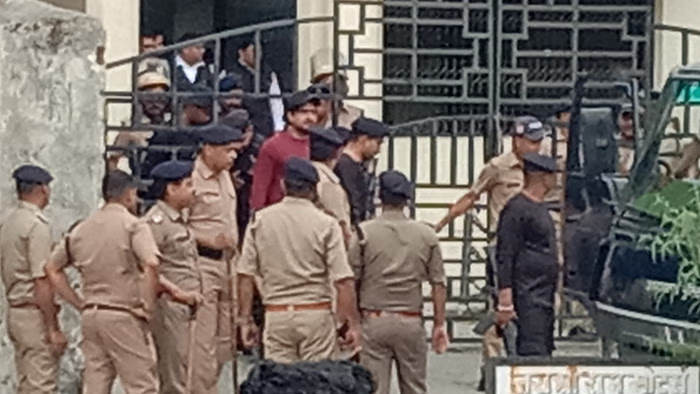Israel’s Shadow War Plan: Could a Strike on Iran Spark the Deadliest Crisis in Decades?
- byPranay Jain
- 21 May, 2025

The Middle East stands on the edge of yet another inferno. According to U.S. intelligence, Israel is actively preparing for a large-scale military strike on Iran’s nuclear facilities—a move that has plunged Washington into strategic panic. While no final decision has been made, discussions inside the U.S. government are heating up over the consequences of what could become a catastrophic chain reaction across the region.
If Israel moves forward, it won’t just be a military operation—it would be a blunt rejection of diplomatic efforts, including the nuclear deal once pushed by former U.S. President Donald Trump. More alarmingly, it could ignite a new war that draws in multiple powers and leaves civilian populations in its deadly wake.
Iran’s Nuclear Vault: What’s at Stake?
Iran’s uranium enrichment is reaching dangerous new levels. The International Atomic Energy Agency (IAEA) reported that as of March 2025, Tehran has 275 kg of uranium enriched to 60%. Just a few more steps to 90%, and Iran could build six nuclear bombs.
U.S. intelligence estimates Iran can produce weapons-grade uranium in just one week. Constructing a usable bomb would take 12 to 18 months—but Israel doesn’t want to wait that long.
Inside Iran’s Nuclear Web
Attacking Iran isn’t simple. Its nuclear infrastructure is vast, advanced, and deeply fortified. Here are the key sites:
- Natanz: The core of Iran’s enrichment program. Thousands of centrifuges hum beneath the earth, working steadily at up to 5% and 60% purity levels.
- Fordow: Buried under a mountain, this facility is nearly impervious to conventional bombing. It hosts over 2,000 advanced centrifuges.
- Isfahan: A conversion hub where uranium is turned into gas and metal—critical for bomb-making.
- Khondab (Arak): A heavy-water reactor that could produce plutonium, a second pathway to the bomb.
- Tehran & Bushehr: The capital houses a nuclear research center, while Bushehr operates Iran’s only civilian power reactor—fueled and monitored by Russia.
Potential Death Toll: Up to 300,000 Lives at Risk
If Israel strikes nuclear facilities in Isfahan, Arak, Natanz, or Bushehr, the human toll could be staggering. A study by the University of Utah and the Omid Institute warns that such an assault might kill 5,000 to 80,000 people—with the deadliest impact unfolding over weeks and months due to radiation exposure.
- Immediate fatalities: Estimated at 3,000 to 10,000.
- Long-term impact: Radiation could cause tens of thousands more to suffer or die.
- Isfahan alone: Up to 300,000 people could be killed or severely injured in the worst-case scenario.
The study compares this hypothetical disaster to Chernobyl and the Bhopal gas tragedy—two of the gravest industrial catastrophes in history. Iran’s lack of infrastructure to manage nuclear fallout only magnifies the danger.
Can Israel Pull This Off?
Israel has a formidable air force and elite strike capabilities, but many of Iran’s sites are buried deep underground, requiring bunker-busting bombs—something only the U.S. military definitively possesses. Whether Israel has access to such weapons is unclear.
Should Israel attack, Iran is certain to retaliate—with missile strikes on U.S. bases, Israeli cities, and even strategic Gulf allies like Qatar, home to America’s largest military base in the region.
The World Holds Its Breath
The situation is a high-stakes game of brinkmanship. A single airstrike could collapse years of diplomacy and plunge the Middle East into chaos. It’s a stark reminder that in the nuclear age, even whispers of war can turn into global alarms.




